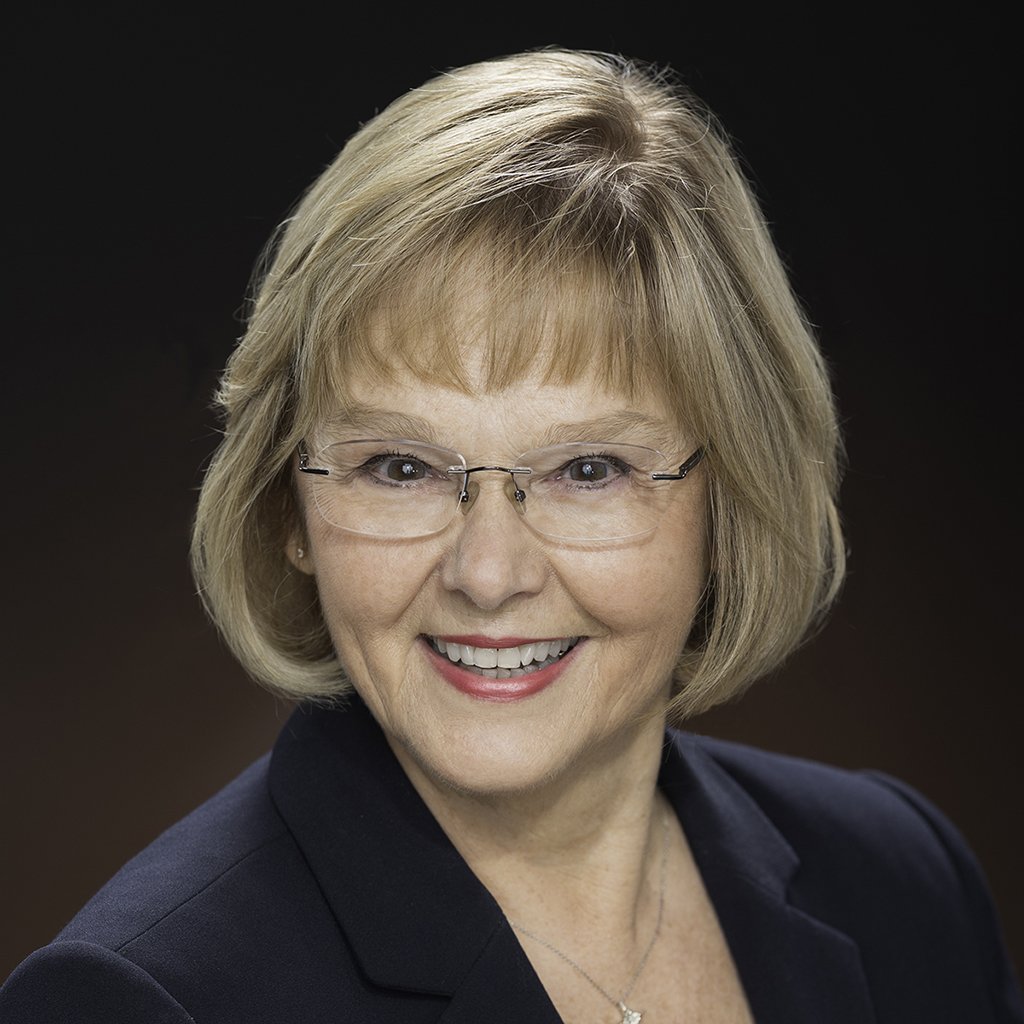Alaska’s Savage River
Inside Denali National Park and Preserve
By Valerie Winans
A Writer for Readers of All Ages
Chapter Eleven (C)
People of the Past – Grant Pearson
Grant Pearson came to Alaska in 1925, with a half interest in $3.00 that forced him and his traveling companion to take jobs working on a road crew. Although the work was drudgery, Pearson described his feelings thusly: “The miles of tundra, with grass and tough little dwarf bushes a foot high, the small blue lakes and the dark patches of evergreens, the bare sheer mountains snow-tipped and snow-streaked; this was where I wanted to be. This was pioneer country, rough and untamed, and I was helping to tame it.”36 At the end of the season, his friend headed back “out,” while Grant headed for Fairbanks.
In Fairbanks, Grant ran into an old-timer who told him that he had to stand up and be a man if he ever wanted to be a sourdough. “What’s a sourdough?” asked Grant. It “comes from the little ball of fermented dough the early prospectors carried around instead of baking powder.”37 A sourdough is a man tough enough to make it in Alaska. Grant Pearson proved to be a sourdough extraordinaire.
February 1926 opened a new door for Grant. He received a letter about a job as a temporary park ranger at Mt. McKinley National Park. Harry Karstens interviewed Grant and hired him on a trial basis. Karstens sent Pearson on patrol with another ranger, and then out on his own into the vast expanse of the park. “Even in the first few days at headquarters, I began to feel the spell of the great park.”38 In his book, My Life of High Adventure, Grant writes about the seasons in the park:
“Most of McKinley Park is above timberline which at this latitude is 2,500 feet; when the snows go away and the alpine mosses come out in glowing greens it is like roaming for miles over a giant fairway. I believe there is no place else in the world where so complete a change is made so swiftly. In no time spring ripens into the lush colors of summer – brush strokes of bright yellows and blues in the green above timberline, pinkish-purple splashes of fireweed in the timbered bottomlands…Autumn is scarlet and amber…There are blue-white miracles of moonlight on ice and snow.”39
Grant had lessons to learn and people to meet in his new home. One of his duties as ranger included delivering mail to people living in and along the park boundaries. He delivered mail to Joe and Fannie Quigley. Fannie treated Grant to a slice of her famous blueberry pie, and when he complimented her on the pie crust she gave him her secret. “It’s the bear lard does it,” Fannie said. “I shoot black bears in the fall and render out the lard. Makes a nice flaky crust.”40 Fannie Quigley first arrived in the Kantishna area in 1905. Fannie was living there when Charles Sheldon first arrived in 1906. She was there when Mt. McKinley National Park came into being in 1917. She was there when the first tourists visited the park, when the park road was built, and died alone in her cabin in 1944.
Grant learned that people in the north were friendly, not only as a matter of principle but as a matter of survival. The harsh environment did not often give second chances, “so they make up for it by giving each other all the chance in the world.”41 The trail was marked to show the way to cabins so that travelers could find their way to shelter if they needed it. Wood for heat and food was left for the next visitors. “That’s an inviolable piece of frontier etiquette.”42
Pearson described Bobby Sheldon as a practical joker. In the fall, when the camp was closing down, Bobby liked to do the cooking, and he was good at it. He made hotcakes for a group of Fairbanks’ businessmen staying at the camp, and one of them made a joke that the hotcakes “reminded him of the asbestos stove pads in his hardware store.”43 Bobby said nothing, but “he made that fellow a special hotcake, cooking it long and slow, and with special ingredients. It was so tough when served, that you not only couldn’t eat it, you couldn’t even cut it.”44 Bobby thought he had gotten the last laugh, but the hardware man wasn’t done. He pasted a label on the hotcake that read: “Bob Sheldon is our cook, the food is fine, here is a sample.”45 He put a stamp on it and mailed it to Fairbanks where it was exhibited all around town.
Returning to Alaska after some months in the south, Pearson overheard people talking about the mosquitoes in McKinley Park. He assured them that there was no need to waste time buying mosquito netting because in August the mosquitoes were nearly gone. “As our train pulled into McKinley Station…everyone was wearing mosquito netting. I sneaked off the train on the opposite side. It was one of those worst-in-20 years seasons for mosquitoes..,.Bobby Sheldon said to me the next day, “Those tourists got a bum steer. Some fellow who seemed to know what he was talking about told’em not to bother with nets.” Grant said, “Some people talk too much.”
Although mosquitoes in Alaska were sometimes thought of as wildlife, Grant Pearson encountered even bigger examples as he lived and worked in the park. He talked about seeing a glimpse of fur and following what he thought was a fox in order to get a picture. He got into position, camera poised, and when he stood up to take the picture he was only feet away from a grizzly. The bear approached, circled and sniffed him, then decided to leave him where he stood. Picture taking got Grant into trouble again when he was trying to take some pictures of grizzly cubs. He had looked around and not seen mama bear, but very soon he heard “crashing in the brush”47 and was being charged by a full-grown Toklat grizzly. Luckily there was a tree nearby that he was able to climb, avoiding the wrath of the mother grizzly.
While on patrol in the park, he came across a mother moose defending her twins from two wolves. She continually lashed out at the wolves with her forefoot until the wounded wolves finally limped off without their supper. A moose can be a formidable foe, which Grant learned when he found himself being charged by a moose after he inadvertently walked within a few feet of her newborn baby. He escaped a trampling by again climbing a tree.
Grant took his responsibility to protect all of the animals in the park seriously, and called them “citizens of the tundra.”48 He regularly encountered “the big five:” moose, grizzly, caribou, lynx, and sheep while on patrol in the park. He respected the ferocious wolverine, admired the varieties of fox, and honored the hard work of the beaver. He loved the many varieties of birds in the park, and especially mentioned the ptarmigan “with their fashionable change of dress from summer to winter…in the summer they are maroon-brown…in the winter they turn white.”49
In 1932, Grant Pearson and Harry Like, the superintendent at that time, climbed Mt. McKinley. Frances Erickson described Grant’s stamina: “Grant was a great hiker. We took a trip to Copper Mountain (now Mt. Eielson), and we were on horseback and he walked, and he got to the Copper Mountain camp and had the fires going by the time we got there on horses.”50
This tough guy, who loved animals and was kind to children, started his career as a temporary ranger and worked his way up to be superintendent of the park. He climbed to the summit of Mt. McKinley and served as a representative to the legislature. With all of these accomplishments behind him, one day Grant looked at the white crest of Mt. McKinley, and thought, “Out there, I finally got things kind of straightened around in my mind. You could put it this way: the challenge, most anywhere, is not to climb your highest by yourself – because you can never really climb very high alone. The thing is to go higher along with other fellows…sometimes leading, sometimes following, sometimes working all together as a team.”51 Like the early Athabascan Indians who valued working with others for survival, Grant Pearson had lived by this example.


